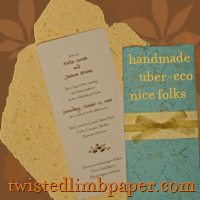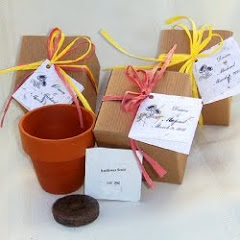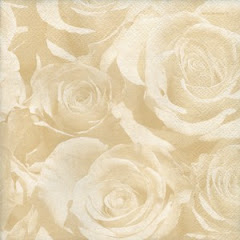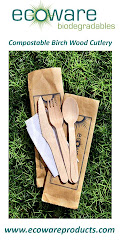 Tin pails can show up anywhere. They used to be quite popular. Now you can find them in thrift stores, at yard sales, at Goodwill and maybe even in your garage or attic.
Tin pails can show up anywhere. They used to be quite popular. Now you can find them in thrift stores, at yard sales, at Goodwill and maybe even in your garage or attic.
Tin pails can be decorated in so many ways. It’s all up to your imagination and style. I decorated these two with wedding in mind but I am trying to find a couple more to redo with Christmas colors and accents.
I think little pails make clever and cute reusable gift containers. Forget about bags and boxes, hand painted pails will make any gift seem extra special.
Supplies Needed:
- An old tin/metal pail with a handle
- Fine grit sandpaper
- Spray paint in your color of choice
- Clear coat spray to protect your design
- Paper
- Decoupage glue
- Ribbon
- Lace
- Hot glue gun and glue sticks
- Scissors
- Sponge
- Sponge paint brush
- Flat container of water
- Clothespins (optional) for holding lace or ribbon in place while the glue is drying
Green Options:
- You are breathing new life into an old pail, that’s super green.
- Consider using low VOC spray paint like Krylon’s H2O line
- Natural or biodegradable ribbon
- Vintage or organic lace
- Recycled or tree free paper
Directions for Decoupage Pail:
- Start by selecting a pail that is in decent shape. You don’t want to deal with rust or dents unless you absolutely have to
- If your pail has any labels or stickers remove them
- Gently sand the pail so paint will stick to it
- Spray paint it in your color choice
- Let the paint dry
- Select the papers you want to use, test a corner by getting it wet to make sure the ink doesn’t run. For this pail I used vintage wedding images that were printed on photo paper with an ink jet printer. It’s best not to use real photographs or actual vintage ephemera. Make copies of everything and print on new paper. This way you don’t damage the originals and if you make a mistake you can make more.
- Cut out your design and start placing it on your pail. Play with around with the placement.
- If you have pieces of lace or ribbon to add, play with the placement of those as well.
- For the pail pictured, I used a metallic gold spray paint, a piece of vintage lace, and copies of vintage postcards. I glued the lace on with decoupage glue and water and held it in place with clothespins while it dried. I placed the images around the bucket after gluing on the lace.
- To decoupage paper, dip the paper in a flat container of water, pull it out and shake off excess water, use a sponge paint brush to cover the back of the paper with decoupage glue
- Place the paper where you want it and smooth out excess glue and water with a slightly damp sponge. Hold on tight to the paper to keep it in place while gently yet firmly smoothing the sponge over it.
- Repeat this for every piece of paper you want to add to it.
- Let it dry over night and see how it turns out. If everything is good, let it settle for a few days before clear coating it.
- If something is wrinkled or just messed up, you can peel and sand everything off and start over then try a different type of paper that doesn’t wrinkle or tear as easily.
Directions for Pink Bucket:
- Select paint and ribbon in your choice of colors
- Sand pail gently
- Spray paint in a well ventilated area. It may need two or three coats to get good coverage
- Let paint dry overnight
- Cut out your ribbon at least an inch or two longer than you’ll actually need that way you have some play to work with when attaching it
- Grab your glue gun and glue sticks and start attaching your ribbon just a little bit at a time or the glue will dry before you get there
- Start by one handle and work all the way around to the other handle. This way you never end up with a seam right in the front of your pail
- When you get to the end, match up your seams and cut off the excess before gluing the final strip down













 Original Articles. Constant-Content.
Original Articles. Constant-Content.

















